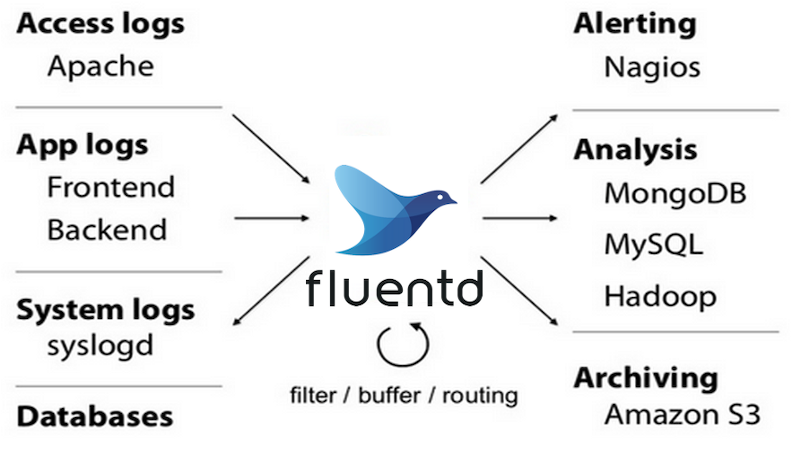Observability - The Complete Story - from metrics, logging, to tracing
In managing applications deployed on Kubernetes, developers have a significant number of options to choose from. These options cover both open source, and commercial options and cover three main categories: Metrics — are a numeric representation of data measured over intervals of time. And you can use mathematical modeling and prediction to derive the behavior of the system over an internal of time - either present or the future. Hence, metrics are useful for monitoring but more powerful when enabled with analysis mechanisms such as correlation and anomaly detection.
Continue Reading

